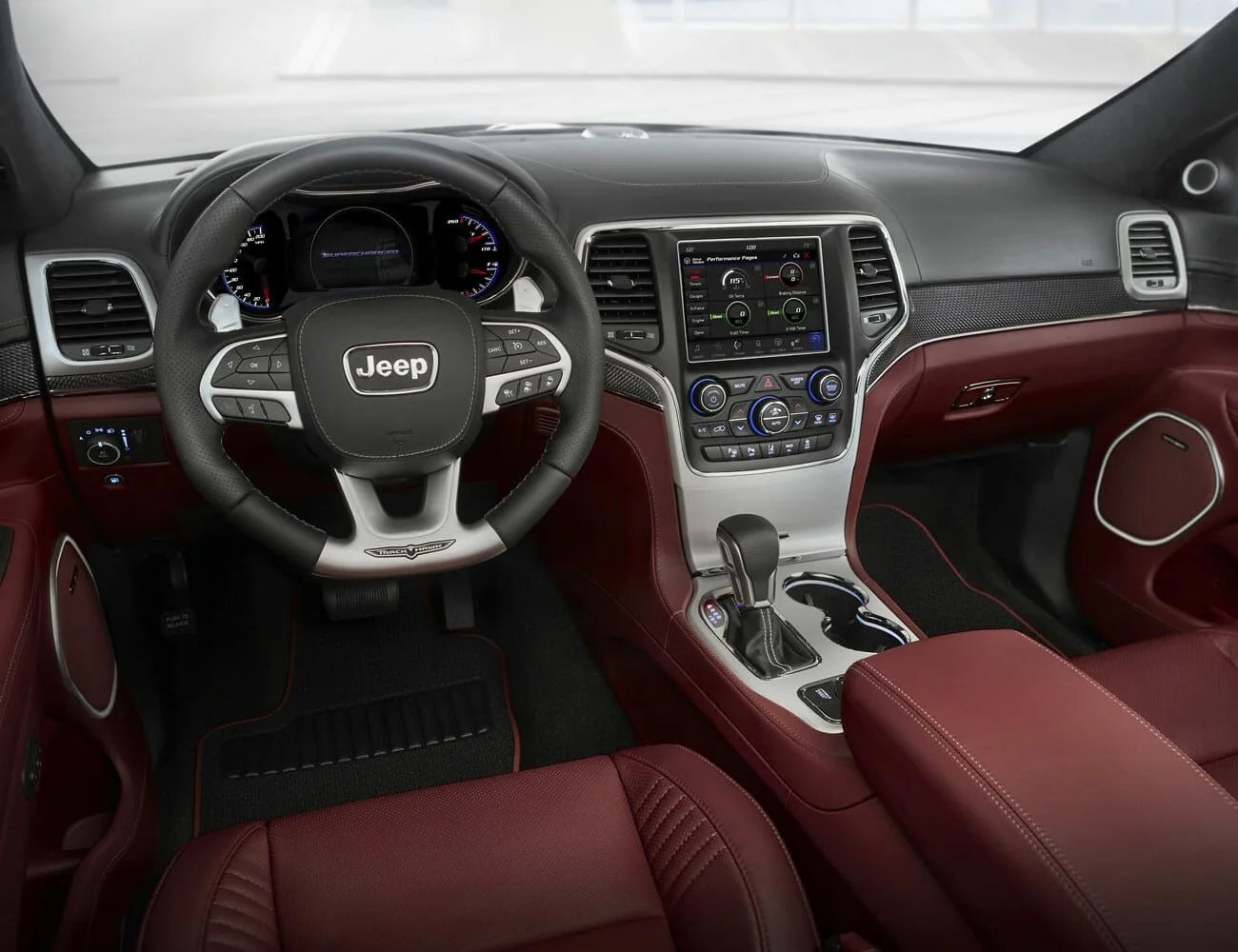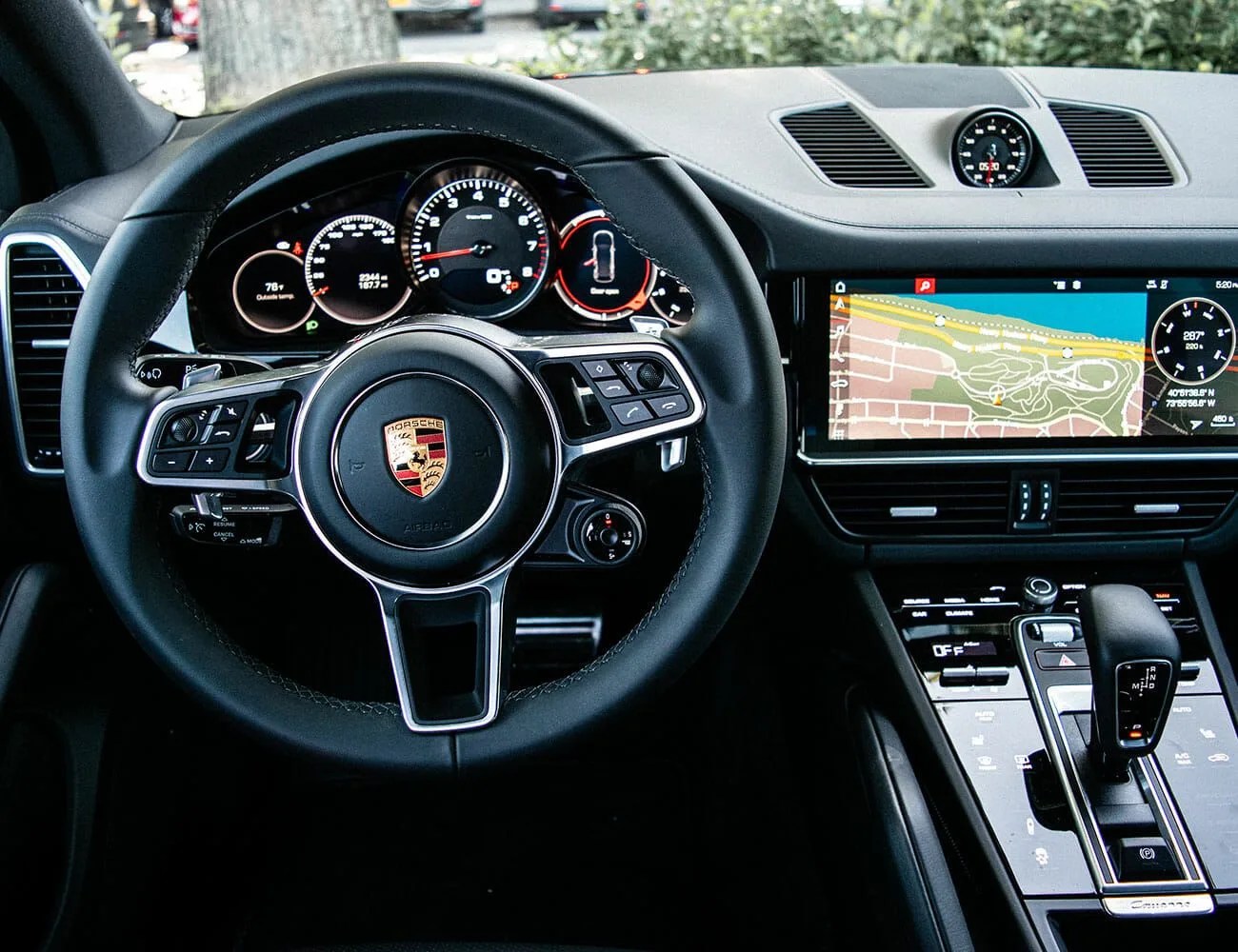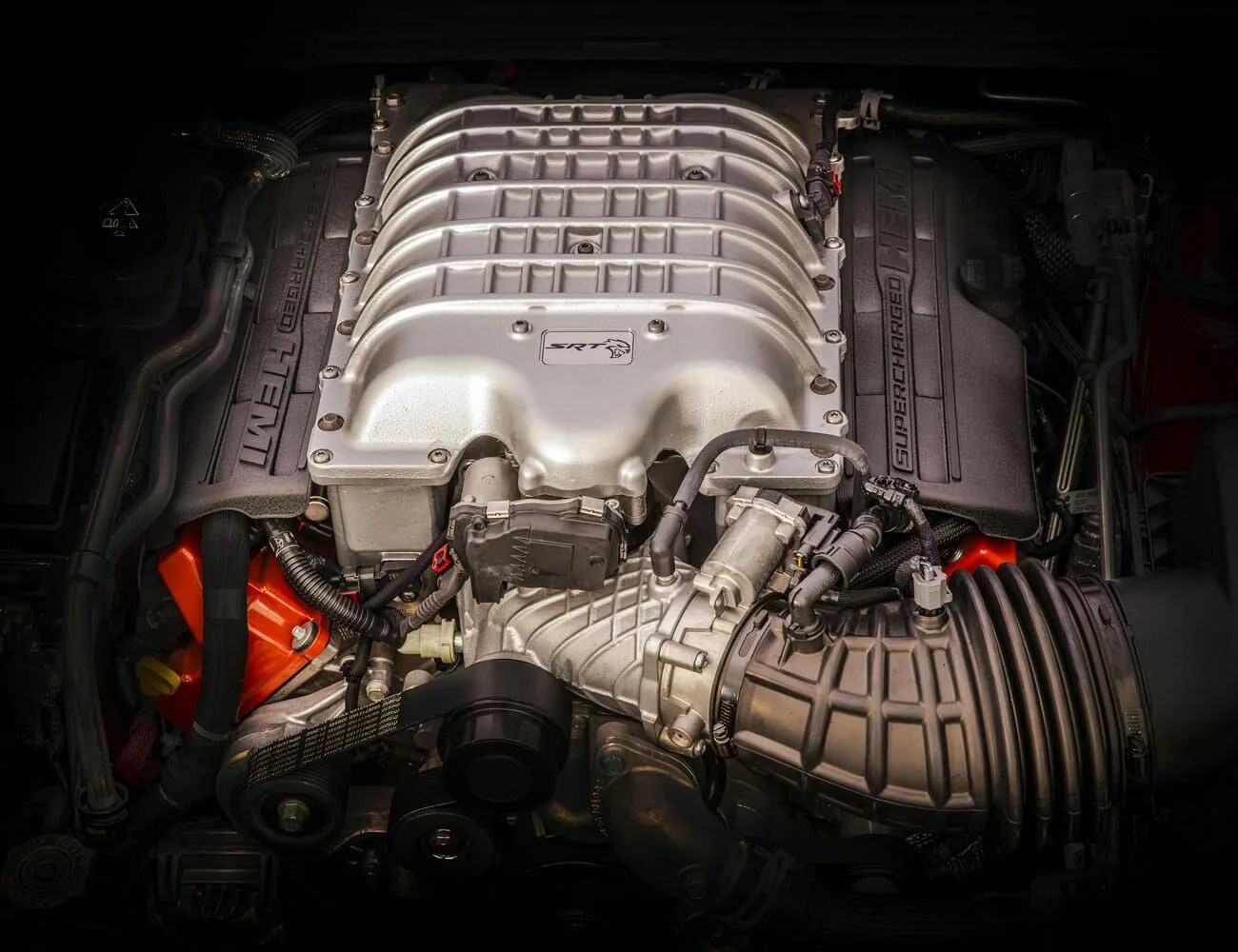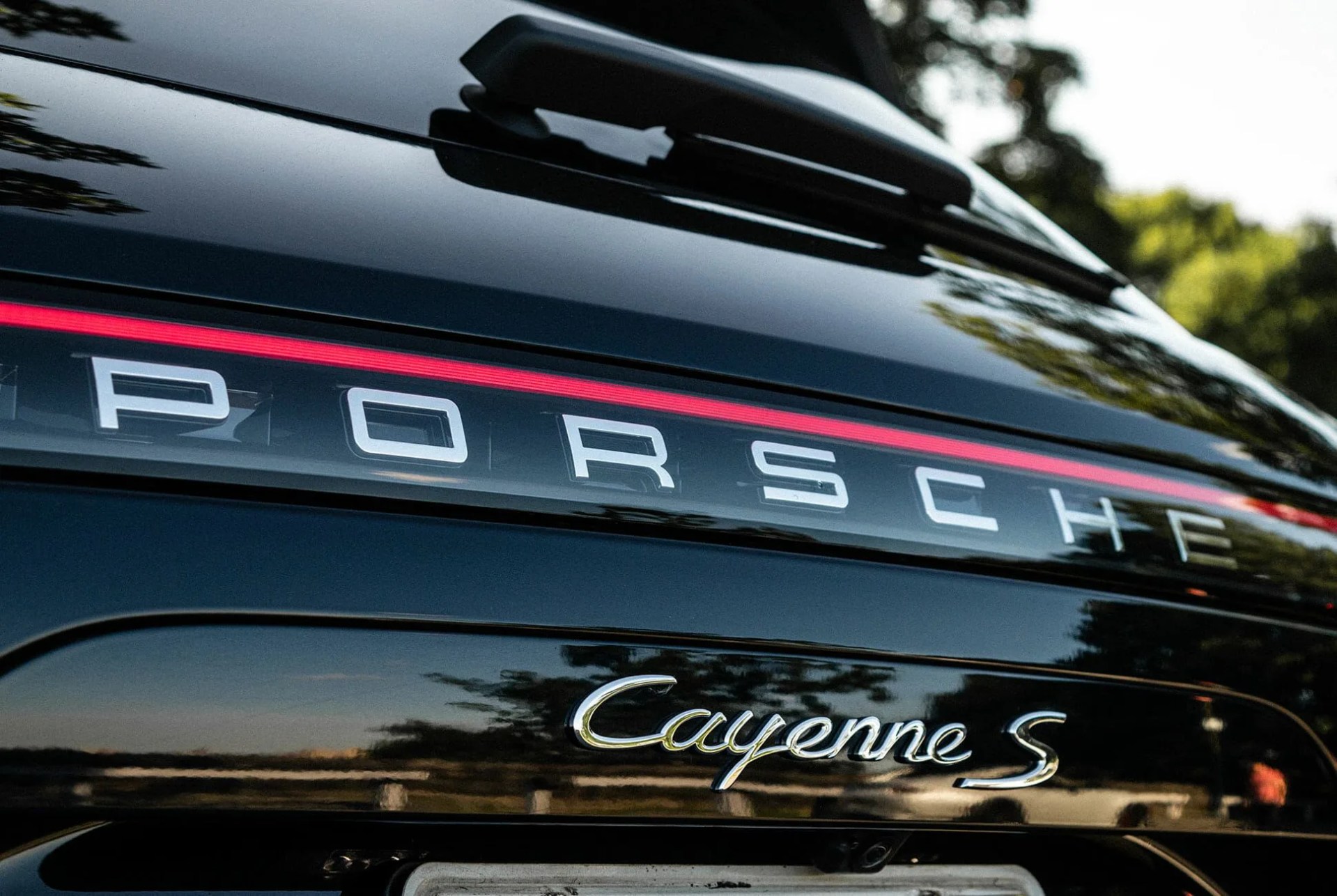You know you’re living in unusual times when a Porsche and a Jeep can rightfully be considered competitors. Yet here we are in late 2019, a year where Porsche’s first crossover is well into its third generation and Jeep builds a Grand Cherokee with a 707-horsepower engine. Porsches for off-roading, Jeeps on the track; it’s pure Bizarro World logic.
Indeed, the Jeep’s outlandish specs are so wild, they might well distract you from the fact that the Grand Cherokee Trackhawk, as the Hellcat-powered SRT-tuned performance Jeep is formally known, is the most expensive Jeep in the brand’s history. Its base price of around $87,000 is a full $55,000 more than the most affordable Grand Cherokee you can buy new, four times the price of the cheapest Compass you can snatch up at a Jeep dealership, and, adjusted for inflation, 6.8 times the price of that first Willys MA that began rolling off production lines back in 1941. And that $87K MSRP is, of course, just the starting price. Our test Trackhawk came in at $99,470, thanks to add-ons like the “Signature Leather Wrapped Interior Package” and a panoramic sunroof that comes with what Jeep calls a “suede-like premium headliner.”
The Porsche Cayenne S, meanwhile, came $101,660 with all its options and the destination fee, thanks to an options list that was surprisingly spare for a new Porker. (Go buckwild, and you can add a full $100,000 in options onto this car’s $84K base price.) The biggest chunk came in the form of a Premium Package that added handy features like “Comfort Access” key-in-pocket entry, LED headlights, power seats, blind-spot warning and a Bose stereo; a leather interior and heated steering wheel gussied up the inside a bit, while rear axle steering, an adaptive suspension, summer tires and the Sport Chrono package added a dash more performance.
So with both of these performance-minded SUVs wandering through our office around the same time, we wondered: Which one of them is more worth writing that $100,000 check for?
Exterior
Don’t be alarmed if you can’t tell the third-generation Cayenne from its predecessor at a glance, especially from one of the forward angles. It’s largely identical, hewing to the previous version’s face with a consistency that makes successive 911 generations look like a sea change. Which is a little unfortunate, in all honesty; the carmaker has done its damndest to try and make the familiar Porsche design language work on a lifted two-box shape of this size, but the front end still looks exaggerated and awkward in a way the lesser Macan doesn’t. The stern view, at least, is more cohesive — a stylish, if generic, collection of familiar Porsche curves and shapes.
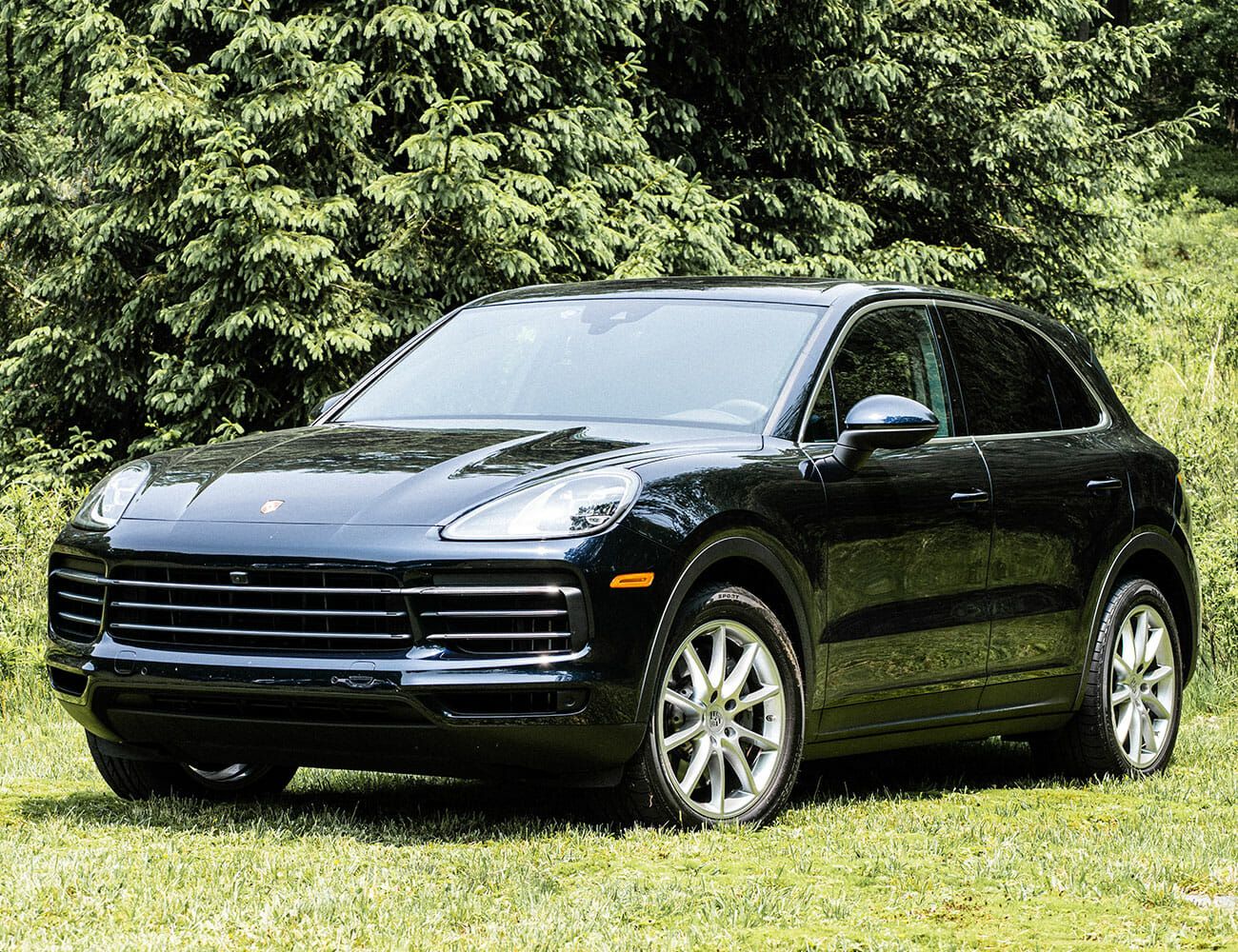
The Jeep, however, is a handsome thing, if awfully familiar-looking for a car with a six-figure price tag. Indeed, apart from a thin strip of an air intake front and center on its schnozz, it’s identical to the Grand Cherokee SRT, which cranks out a “mere” 485 horses from a naturally-aspirated 6.4-liter V8. That’s a good thing. In spite of its age (it went on sale in 2010), the Grand Cherokee is one of the best-looking SUVs on sale, and the flared fenders, mighty wheels and exaggerated front fascia of the SRT/Trackhawk only add machismo to the appearance.

